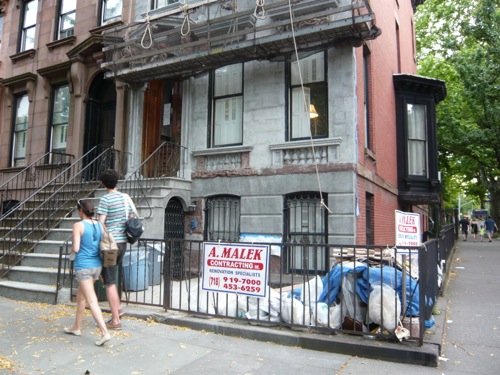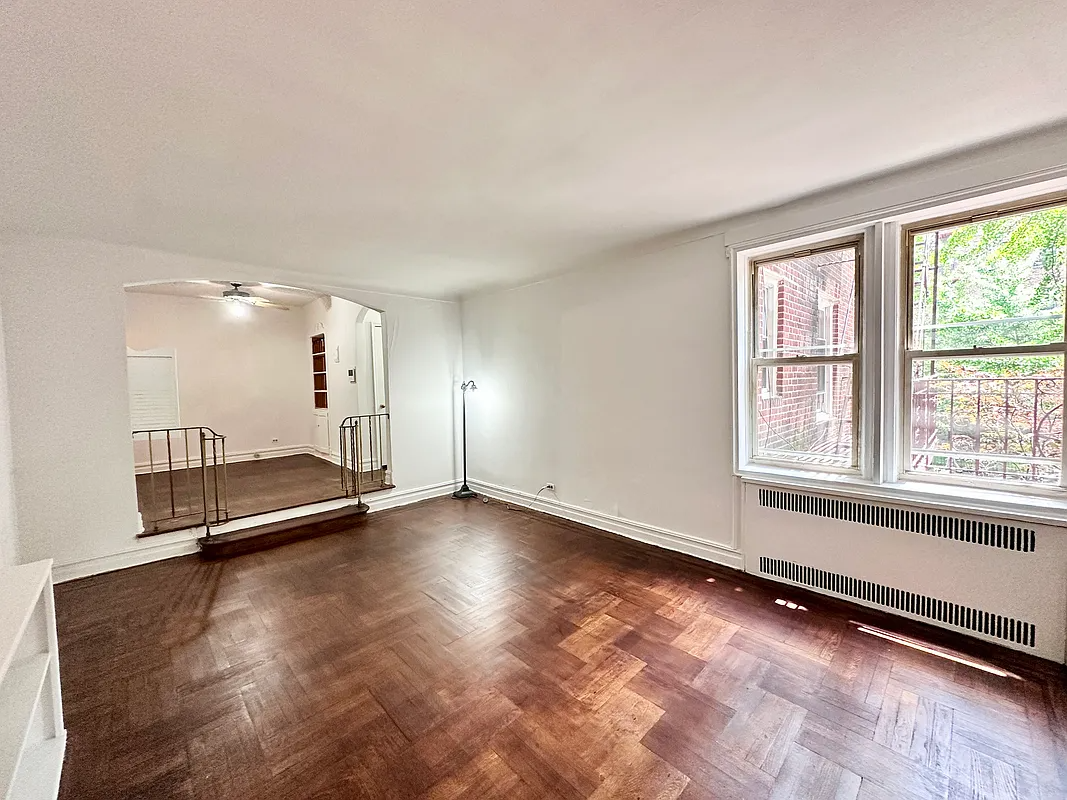Everything You Wanted to Know About Landmarking
On this blog, we are always debating the effects of landmarking: Will the Landmarks Preservation Commission compel owners in landmarked districts to restore their houses to their original appearance? Will owners have to pay more for repairs? Does landmarking cause property prices to rise? Does it cause gentrification? The answers to the first three questions are: No,…


On this blog, we are always debating the effects of landmarking: Will the Landmarks Preservation Commission compel owners in landmarked districts to restore their houses to their original appearance? Will owners have to pay more for repairs? Does landmarking cause property prices to rise? Does it cause gentrification? The answers to the first three questions are: No, yes, and a qualified yes, according to a story in the Times today. (It didn’t address the gentrification question.) The story follows the renovation of Park Slope row house, whose owner was compelled to correct improper alterations made by the previous owner because he embarked on a major renovation that required permits. His architect estimated that Landmarks-approved wooden replacement windows cost about 30 percent more than “conventional” ones. Expensive custom ironwork was also required to restore items the previous owner had removed without permission since the area was landmarked. Nonetheless, he and another homeowner and architects who deal frequently with the LPC spoke approvingly of the process. “It can make a project better,” said Morris Adjmi of Morris Adjmi Architects. The story also found that house prices in landmarked districts “rose slightly more” than elsewhere in the city between 1975 and 2002, although cause and effect is unclear. “The nicer homes tend to be in historic districts,” said an executive with Douglas Elliman. What’s your take?
High-Mileage Alterations [NY Times]





without the protection of the Landmarks Law you can kiss brownstone Brooklyn goodbye.
It would be: – goodbye history, hello fedders –
I’m paraphrasing the late Ada Louise Huxtable’s book
“Goodbye History, Hello Hamburger”
actually the crime was committed by the previous owner. yes landmarks can be annoying. but these are quality houses that demand quality repairs. if the changes were made before landmarking they are grandfathered.